Sugar gliders are fascinating exotic pets that require specialized care, particularly when it comes to their nutrition. These small marsupials native to Australia, Indonesia, and Papua New Guinea have unique dietary needs that directly impact their health, lifespan, and activity levels. Unlike more conventional pets, sugar gliders in captivity need a carefully balanced diet that mimics what they would consume in their natural habitat. This article explores the optimal nutritional approach for maintaining a vibrant, healthy sugar glider, covering everything from daily staples to occasional treats, and highlighting potential dietary pitfalls that owners should avoid.
Understanding Sugar Glider Nutritional Needs
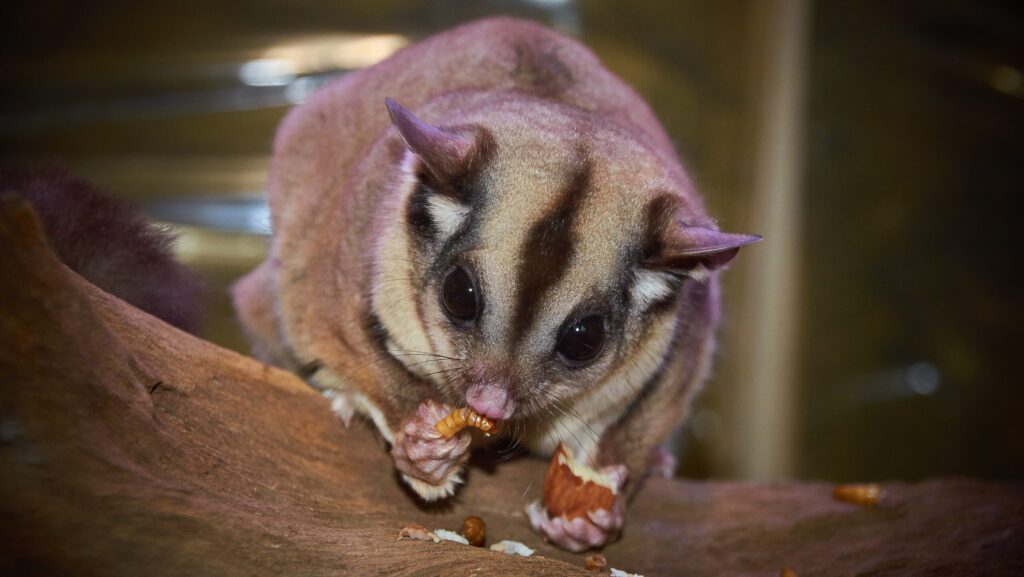
In the wild, sugar gliders are omnivores with a diverse diet consisting of tree sap, nectar, insects, and small amounts of fruit. This natural diet is high in protein (approximately 25-30%) and relatively low in fat (around 10%). Sugar gliders also require a specific calcium-to-phosphorus ratio of approximately 2:1 to prevent metabolic bone disease, a common health issue in captive gliders. Their digestive systems are adapted to process complex carbohydrates and natural sugars, but they struggle with processed foods and simple sugars that are commonly found in commercial pet foods. Understanding these fundamental nutritional requirements is essential for recreating a balanced diet in captivity that supports their nocturnal, high-energy lifestyle.
The Dangers of an Improper Diet
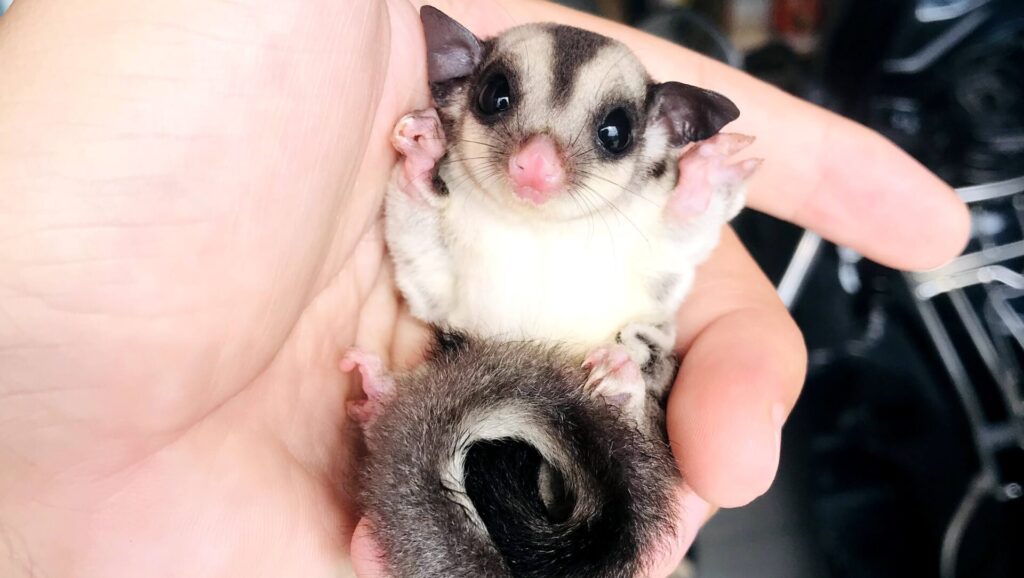
Feeding sugar gliders an inappropriate diet can lead to serious health consequences and significantly reduce their lifespan. Nutritional imbalances, particularly calcium deficiency, can cause metabolic bone disease, resulting in weak bones, paralysis, and even death. Obesity is another common issue in captive sugar gliders, often stemming from diets too high in fat and simple sugars. Improper nutrition can also lead to dental problems, as sugar gliders need to chew on appropriate foods to maintain dental health. Additionally, sugar gliders fed inadequate diets may experience compromised immune function, making them more susceptible to infections and disease. These health issues not only cause suffering but can also reduce a sugar glider’s typical 10-15 year lifespan by more than half.
The Staple Diet: Creating a Balanced Foundation
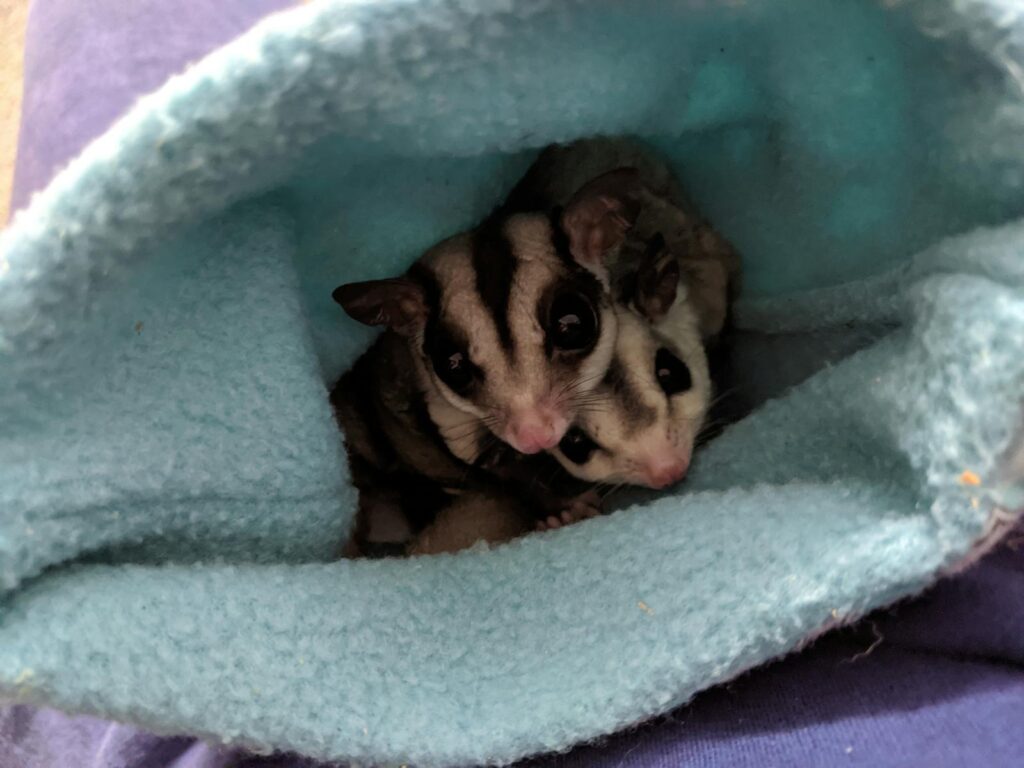
A balanced staple diet for sugar gliders typically consists of a carefully formulated homemade mixture or a high-quality commercial diet specifically designed for sugar gliders. One widely accepted approach is the BML diet (named after its creator), which includes a blend of bee pollen, honey, protein (often from eggs), and various supplements to create a nutritionally complete base. Another popular option is the HPW diet (High Protein Wombaroo), which is formulated specifically for sugar gliders’ nutritional needs. These staple diets should make up approximately 60-70% of a sugar glider’s daily food intake. It’s crucial to follow recipes precisely, as even small modifications can create nutritional imbalances. The staple diet should be fresh and served daily, ideally during the evening when these nocturnal creatures are most active.
Essential Protein Sources for Sugar Gliders
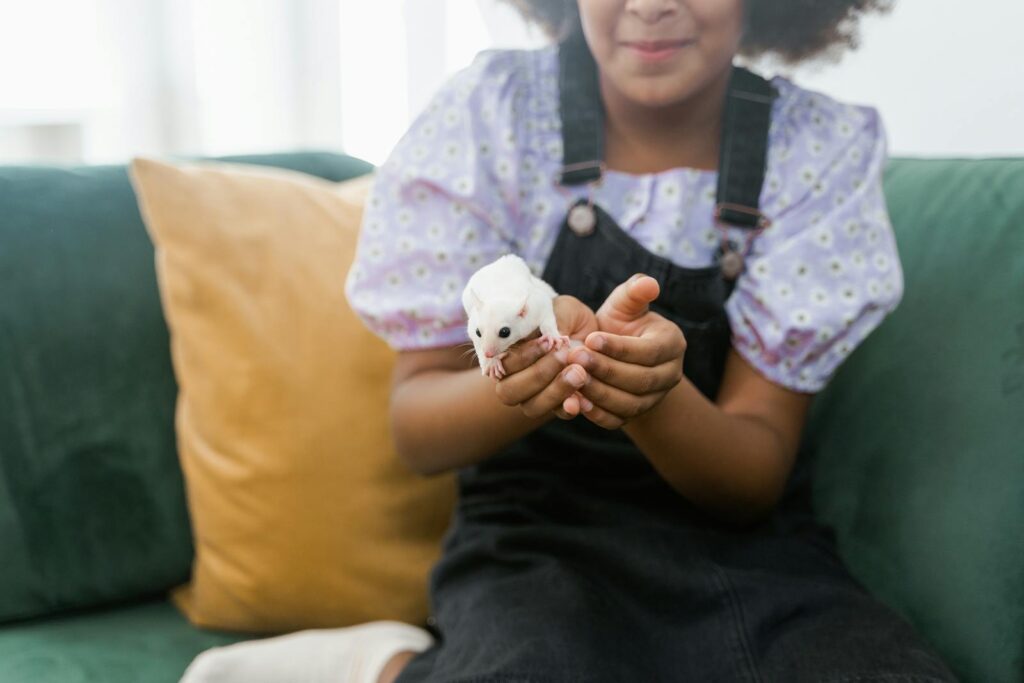
Protein is a critical component of a sugar glider’s diet, making up approximately 25-30% of their nutritional intake. In the wild, insects provide the majority of this protein, which can be replicated in captivity with gut-loaded crickets, mealworms, and waxworms. These insects should ideally be fed nutritious foods themselves (gut-loading) before being offered to sugar gliders to maximize their nutritional value. For sugar gliders that don’t readily accept insects, alternative protein sources include cooked egg, small amounts of cooked unseasoned chicken, or commercially available insect protein powders specifically formulated for exotic pets. Excessive protein can cause kidney strain, while insufficient protein can lead to muscle wasting and compromised immune function, highlighting the importance of proper portioning. Protein treats should be offered 2-3 times per week, supplementing the protein already contained in the staple diet formulation.
Fresh Fruits and Vegetables: Essential Supplements
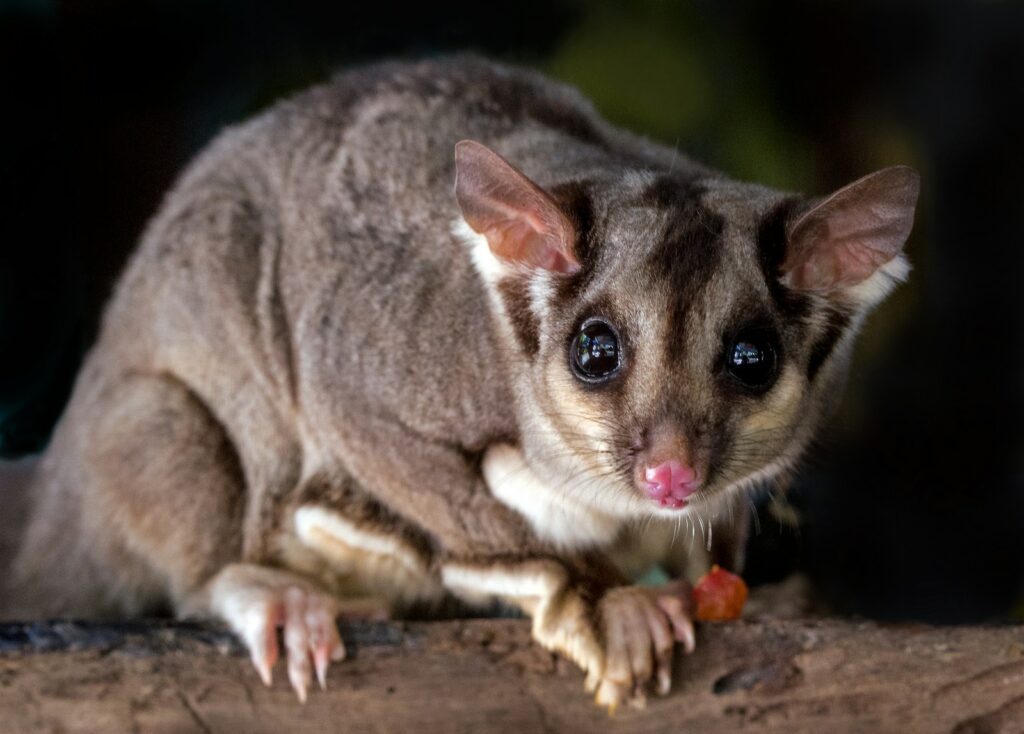
Fresh fruits and vegetables are vital components of a healthy sugar glider diet, providing essential vitamins, minerals, and fiber. These should make up approximately 20-25% of their daily food intake, with a greater emphasis on vegetables over fruits due to the lower sugar content. Suitable vegetables include leafy greens like kale and spinach (in moderation due to oxalates), bell peppers, carrots, sweet potatoes, and cucumber. Acceptable fruits include apples, berries, papaya, and melon, though these should be limited due to their sugar content. It’s essential to thoroughly wash all produce to remove pesticides and offer a variety of options to ensure a broad spectrum of nutrients. Fruits and vegetables should be chopped into small, manageable pieces and can be served alongside the staple diet, though some owners prefer to offer them separately to ensure consumption of the nutritionally balanced staple food.
The Role of Nectar and Tree Sap in Captivity
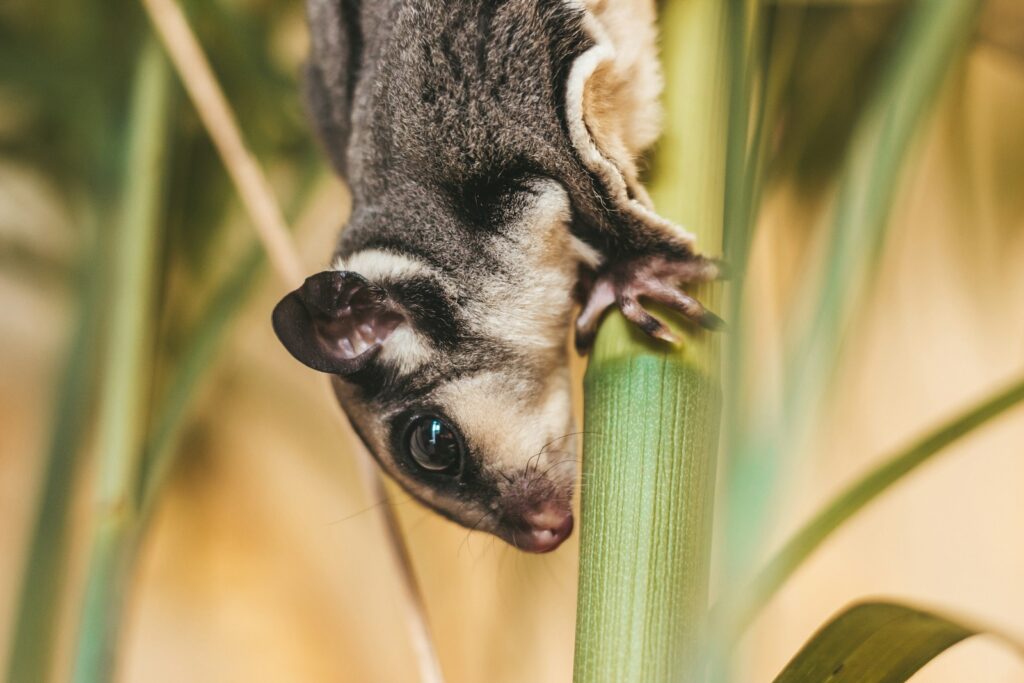
In their natural environment, sugar gliders consume significant amounts of tree sap and nectar, which provide them with both hydration and energy. Replicating this aspect of their diet in captivity is challenging but important for their overall nutritional balance. Commercial nectar substitutes designed specifically for sugar gliders can be purchased, or homemade versions can be created using recipes that typically include honey, bee pollen, and protein supplements. These nectar substitutes should be offered in small quantities, making up approximately 5-10% of the diet, as they tend to be high in sugars. Some sugar glider owners also offer small amounts of natural tree saps like maple syrup or acacia gum (in very limited quantities) to mimic the natural diet. Unlike other components of the diet that can be offered daily, nectar substitutes are best provided 2-3 times per week to prevent obesity and dental issues associated with excess sugar consumption.
Calcium and Phosphorus Balance: Preventing Metabolic Bone Disease
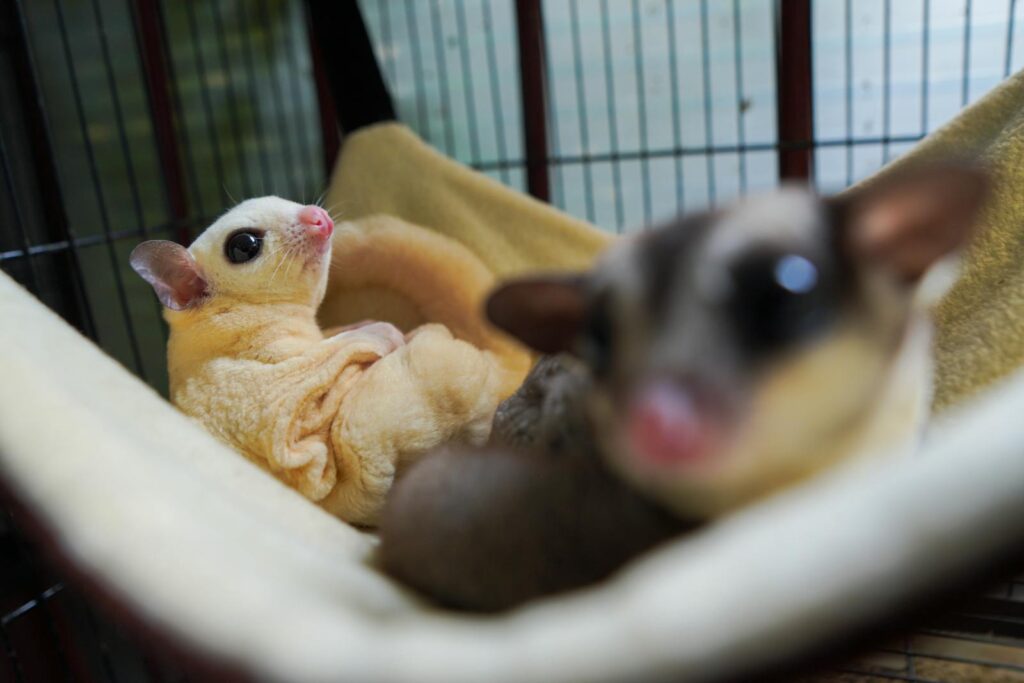
Maintaining the correct calcium-to-phosphorus ratio is perhaps the most critical aspect of sugar glider nutrition, with an ideal ratio of 2:1 (calcium to phosphorus). Metabolic bone disease, resulting from calcium deficiency or imbalance, is one of the most common and serious health issues in captive sugar gliders. To ensure adequate calcium intake, many owners dust insects with a calcium supplement before feeding or include calcium-rich foods like leafy greens in the diet. Commercial calcium supplements specifically formulated for small exotic pets can also be added to the staple diet according to package directions. Foods high in phosphorus but low in calcium, such as many seeds and nuts, should be strictly limited in the diet. Regular veterinary check-ups that include blood work can help monitor calcium levels and detect any imbalances before they cause serious health problems.
Appropriate Treats and Occasional Foods
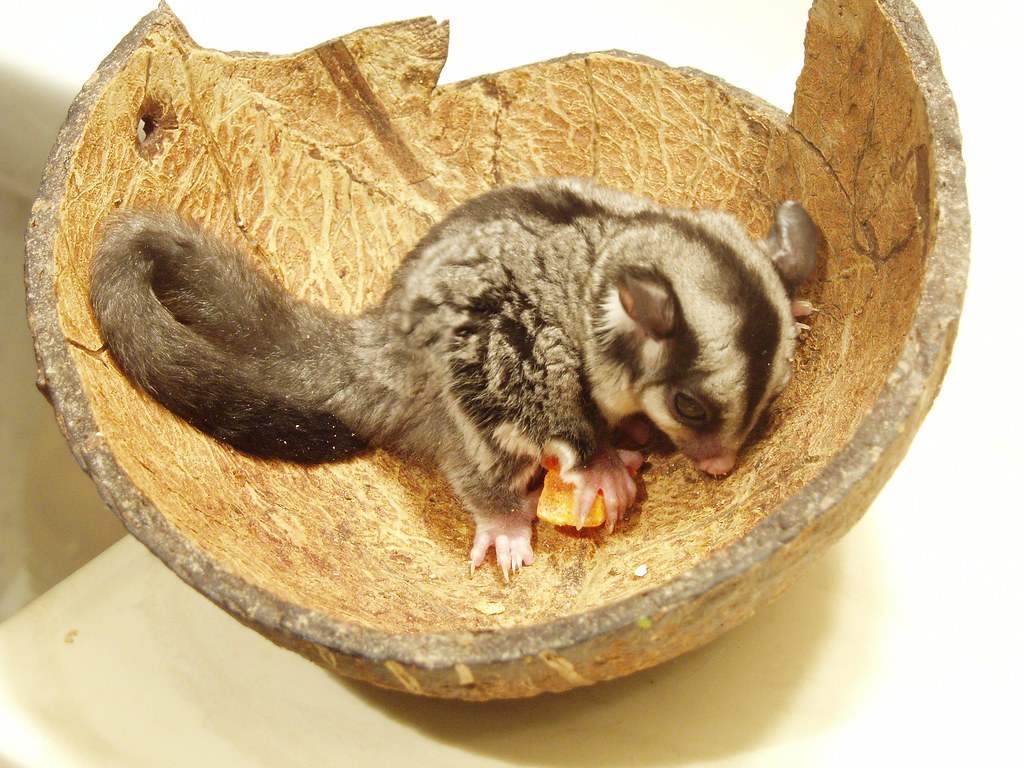
Treats should constitute no more than 5% of a sugar glider’s diet and should be selected carefully to avoid nutritional imbalances or excessive calories. Appropriate occasional treats include small amounts of yogurt (providing beneficial probiotics), very small pieces of fruit not included in their regular rotation, or commercially available sugar glider treats from reputable exotic pet suppliers. Some owners offer tiny amounts of cooked egg or plain cooked chicken as high-protein treats during training or bonding sessions. Despite sugar gliders’ name, sweet treats should be extremely limited, with honey or maple syrup offered only in tiny quantities as rare special rewards. Foods toxic to sugar gliders, including chocolate, caffeine, alcohol, and anything with artificial sweeteners like xylitol, should never be given even as treats. Additionally, sugary human foods, even in small amounts, can lead to obesity, diabetes, and dental problems in these sensitive marsupials.
Foods to Strictly Avoid

Several foods are potentially toxic or harmful to sugar gliders and should be completely avoided. Chocolate, caffeine, and alcohol are highly toxic and can cause severe neurological problems or death even in small amounts. Dairy products (except for small amounts of yogurt) should be avoided as sugar gliders are lactose intolerant. Avocados contain persin, which is toxic to many animals including sugar gliders. Raw eggs carry salmonella risk, and raw meat may contain harmful bacteria. Citrus fruits are typically too acidic for sugar gliders’ digestive systems and can cause gastrointestinal upset. Additionally, foods high in oxalates (like spinach) should be limited as they can bind to calcium and contribute to calcium deficiency. Finally, any foods with artificial sweeteners, particularly xylitol, can be lethal to sugar gliders even in small amounts and should never be included in their diet.
Feeding Schedule and Quantities

Sugar gliders are nocturnal animals, so their primary feeding should take place in the evening when they naturally become active. A typical feeding schedule includes refreshing their staple diet daily at dusk, along with a small portion of fresh fruits and vegetables. The exact quantity depends on the sugar glider’s size and activity level, but approximately 15-20% of their body weight in food daily is a general guideline (typically 2-3 tablespoons of food for an adult sugar glider). Food should be removed and discarded after 24 hours to prevent spoilage and bacterial growth. Some owners prefer to split feeding into two sessions, with the larger portion in the evening and a smaller amount in the morning. Consistency in feeding times helps maintain healthy digestive patterns and allows owners to monitor food intake, which can be an important indicator of health status.
Water Requirements and Hydration
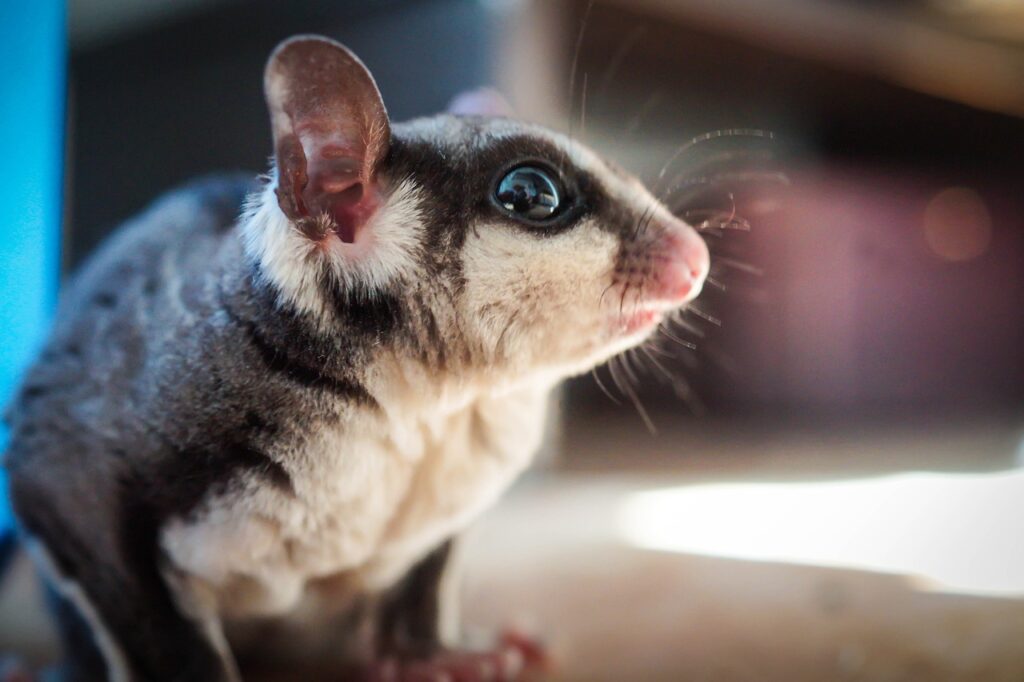
Proper hydration is essential for sugar gliders, who obtain water both from their food and through drinking. Fresh, clean water should be available at all times, typically provided in a bottle with a sipper tube specifically designed for small animals. The water bottle should be cleaned and refilled daily to prevent bacterial growth and contamination. Some sugar gliders may also benefit from a shallow dish of water, though this requires more frequent changing due to contamination risks. In addition to direct water consumption, sugar gliders obtain significant hydration from fresh fruits and vegetables in their diet, which is one reason why these components shouldn’t be eliminated even when commercial diets are used. Signs of dehydration in sugar gliders include lethargy, dry mouth, sunken eyes, and loss of skin elasticity, requiring immediate veterinary attention and diet reassessment.
Seasonal Diet Adjustments
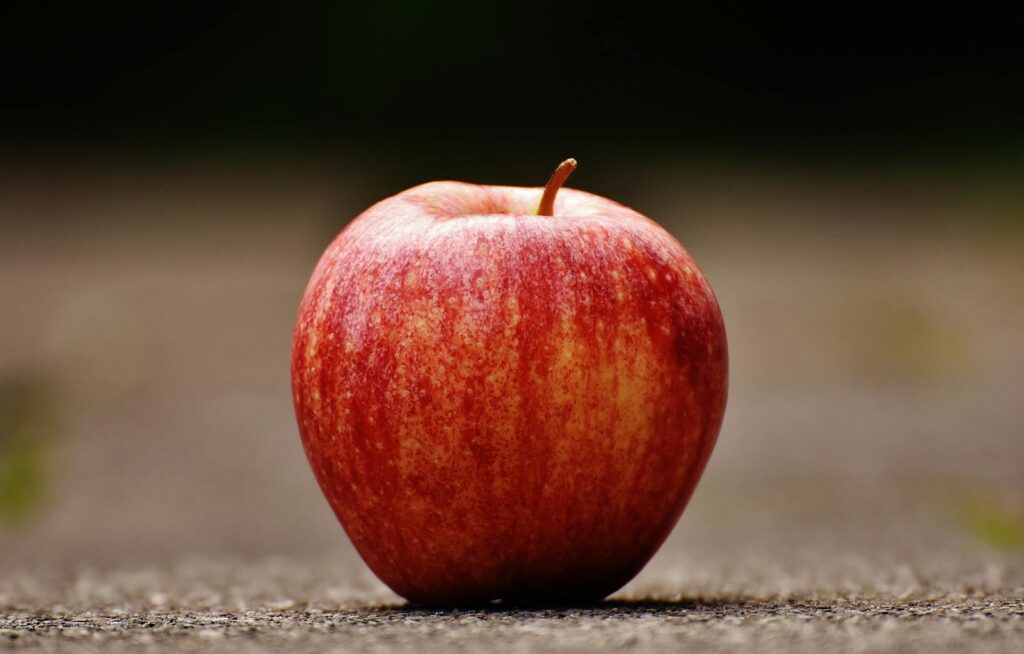
In the wild, sugar gliders naturally adapt their diet based on seasonal availability of foods, and mimicking this variability can benefit captive sugar gliders as well. During warmer months, when insects would be more plentiful in nature, owners might slightly increase the protein content of the diet through additional insects or protein supplements. Seasonal fruits and vegetables provide natural variety and nutritional benefits, with summer berries offering different nutrients than fall apples or winter squashes. Some owners also adjust the caloric density of the diet slightly with the seasons, providing somewhat higher energy foods during colder months when sugar gliders would naturally need more calories for thermoregulation. These seasonal adjustments should be minor and gradual, as sugar gliders can be sensitive to sudden dietary changes that may cause digestive upset or food refusal.
Monitoring Health Through Diet
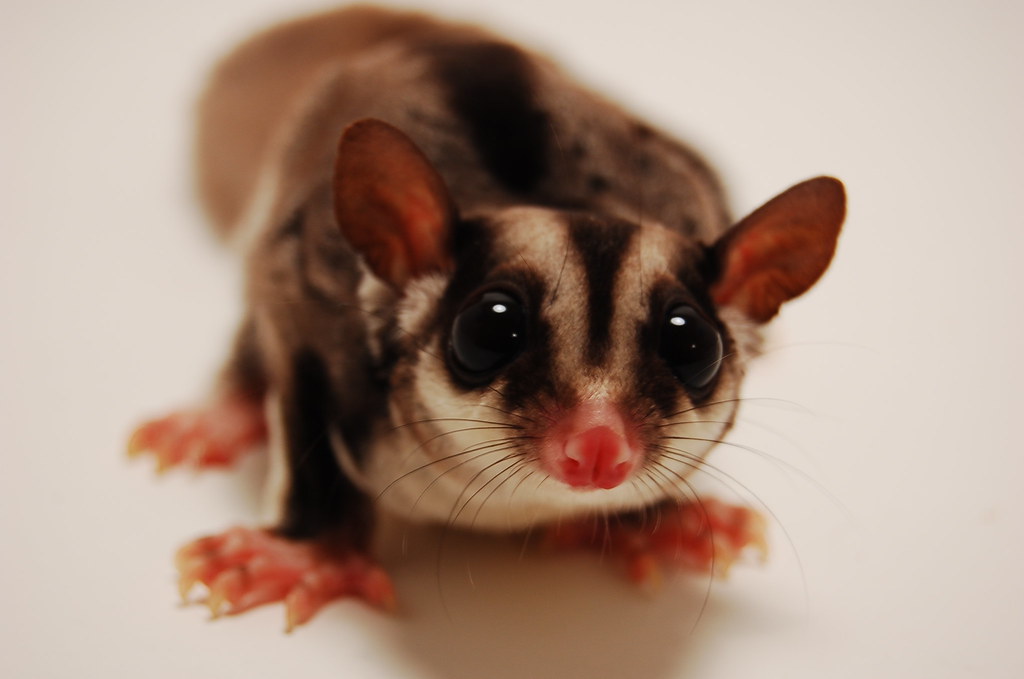
A sugar glider’s response to their diet provides valuable information about their overall health status. Healthy sugar gliders have bright eyes, glossy fur, appropriate weight for their size, and display energetic behavior during their active hours. Monitoring food consumption is crucial, as any significant decrease in appetite can indicate health problems requiring veterinary attention. Stool quality is another important indicator, with healthy sugar gliders producing firm, dark droppings; loose, malodorous, or unusually colored stools may signal digestive issues or dietary imbalances. Regular weighing (typically monthly) helps track weight trends, with adult sugar gliders typically weighing between 3-5.5 ounces (85-150 grams). Any weight loss exceeding 10% of body weight or consistent weight gain leading to obesity should prompt diet reassessment and potentially veterinary consultation to ensure optimal health and longevity.
Providing an optimal diet for sugar gliders requires commitment, knowledge, and attention to detail. The foundation of their nutrition should be a properly balanced staple diet, supplemented with appropriate fresh foods and the occasional treat. The ideal diet respects their natural nutritional needs while accounting for the limitations of captive care. By maintaining proper calcium-to-phosphorus ratios, providing adequate protein, limiting sugar intake, and ensuring proper hydration, owners can significantly extend their sugar gliders’ lifespans and enhance their quality of life. While dietary needs may vary slightly based on individual gliders’ health, age, and activity levels, the principles outlined in this article provide a solid framework for maintaining healthy, active sugar gliders that display their natural behaviors and vivacity. Remember that dietary changes should always be made gradually, and any concerns about nutrition or health should be discussed with an exotic pet veterinarian experienced with sugar gliders.

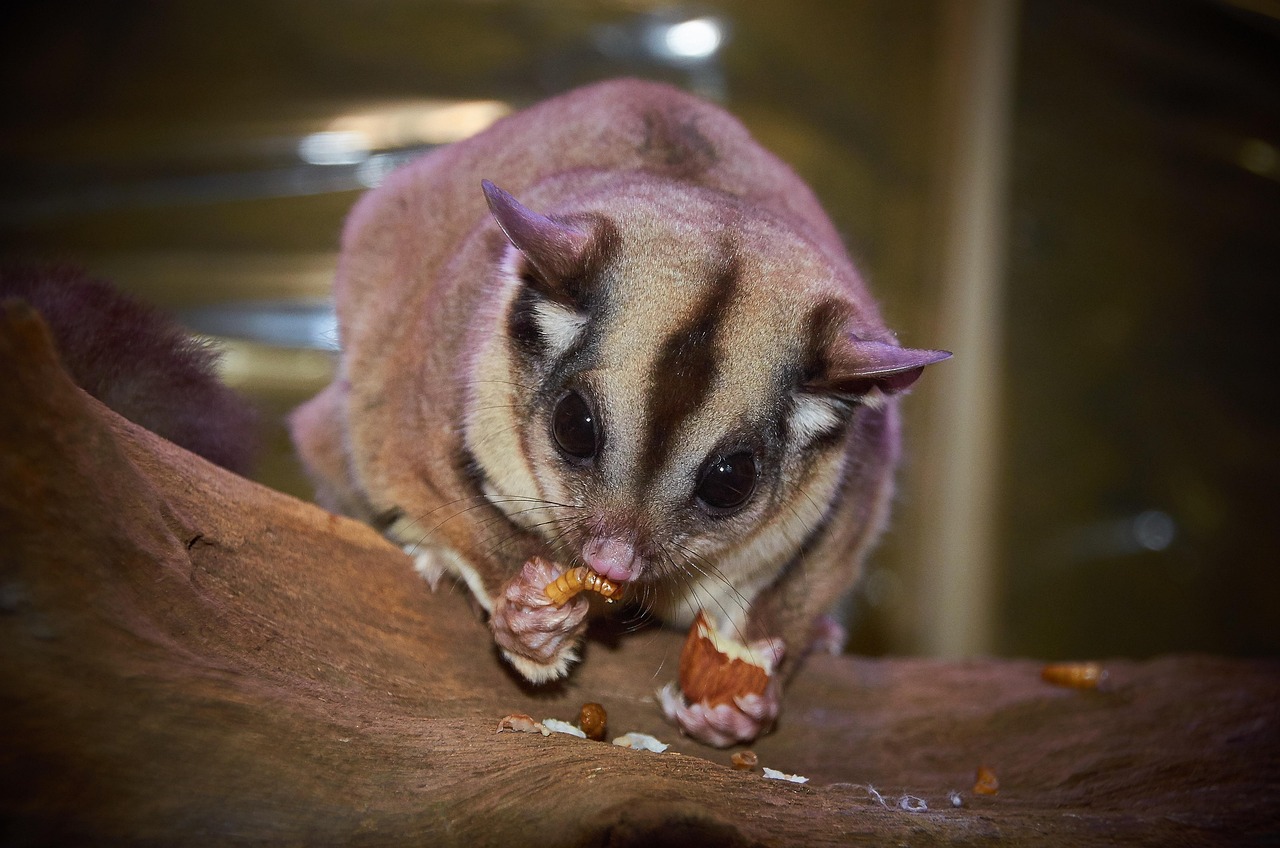


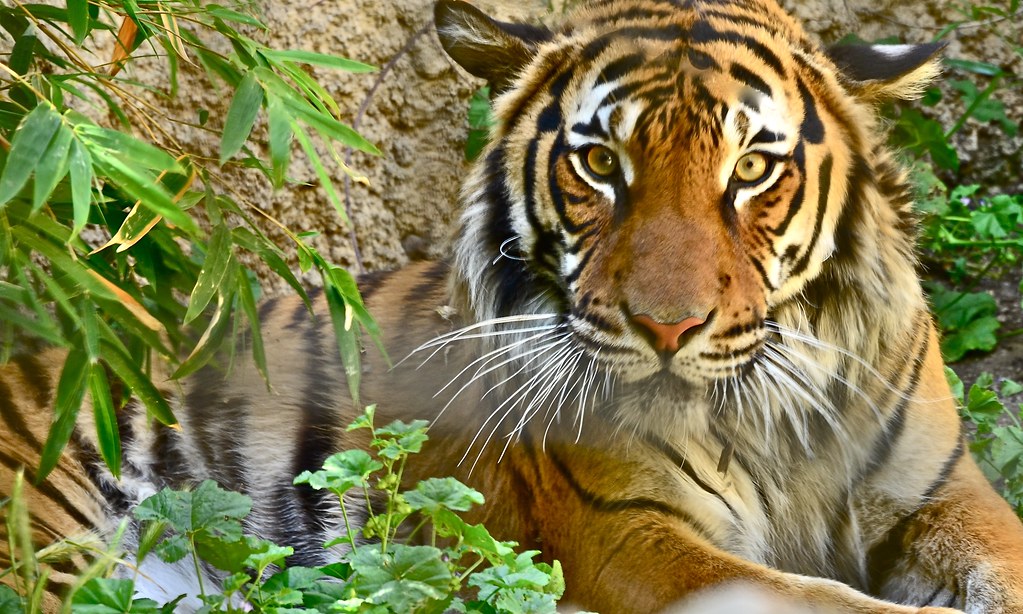
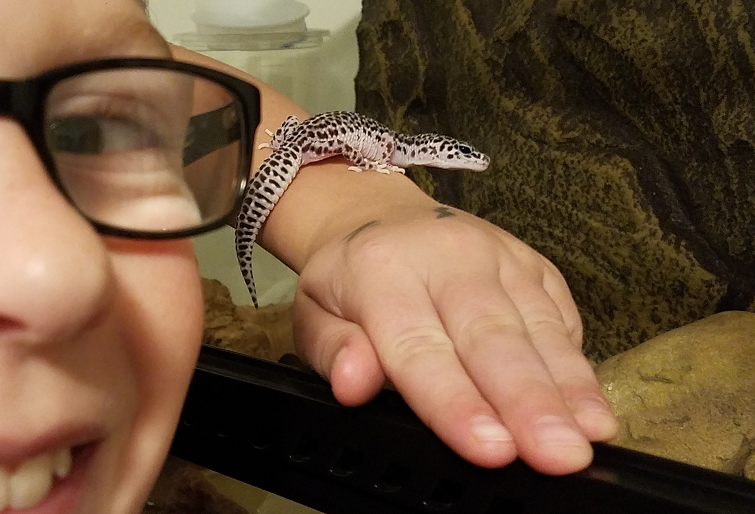
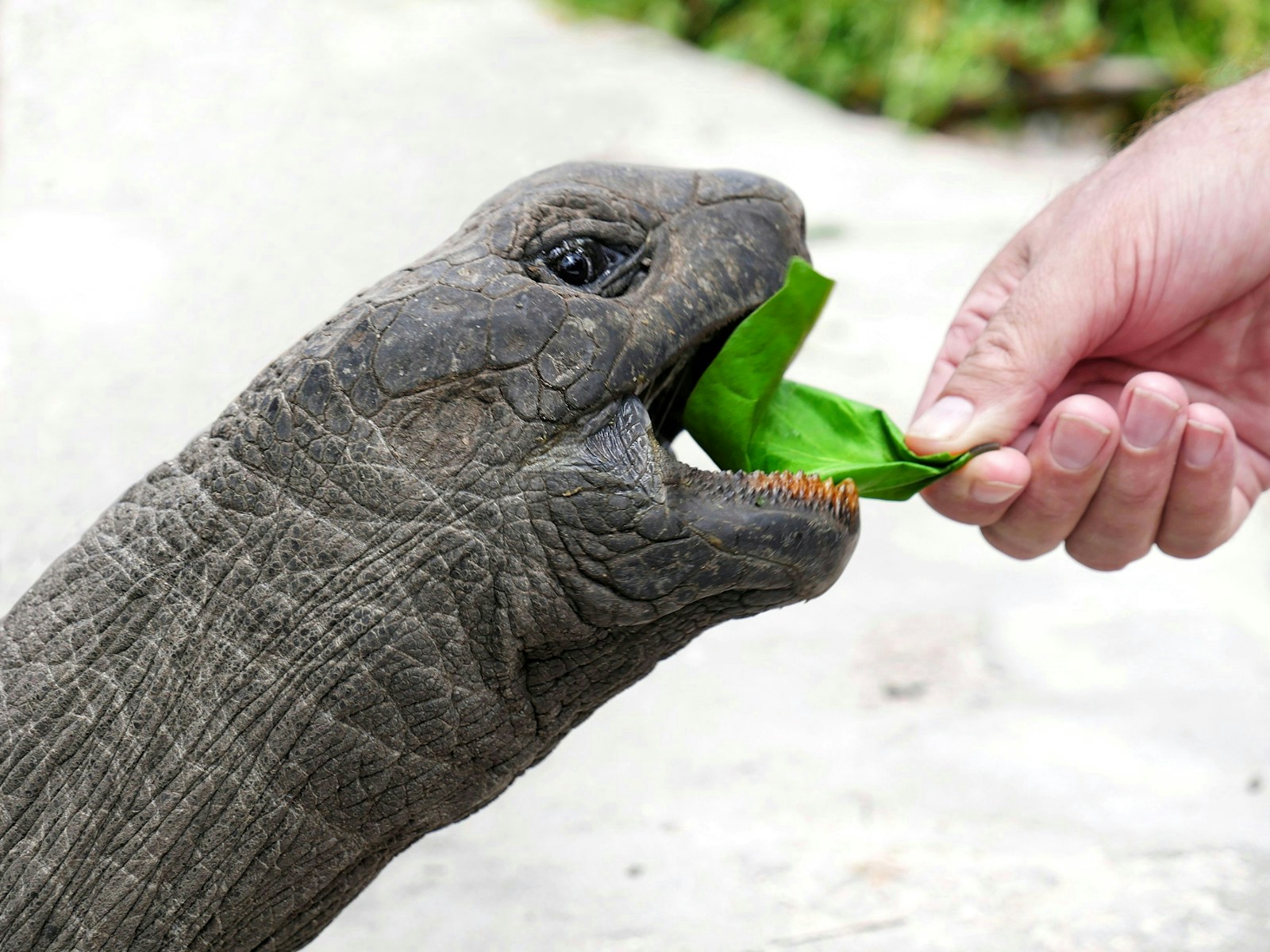


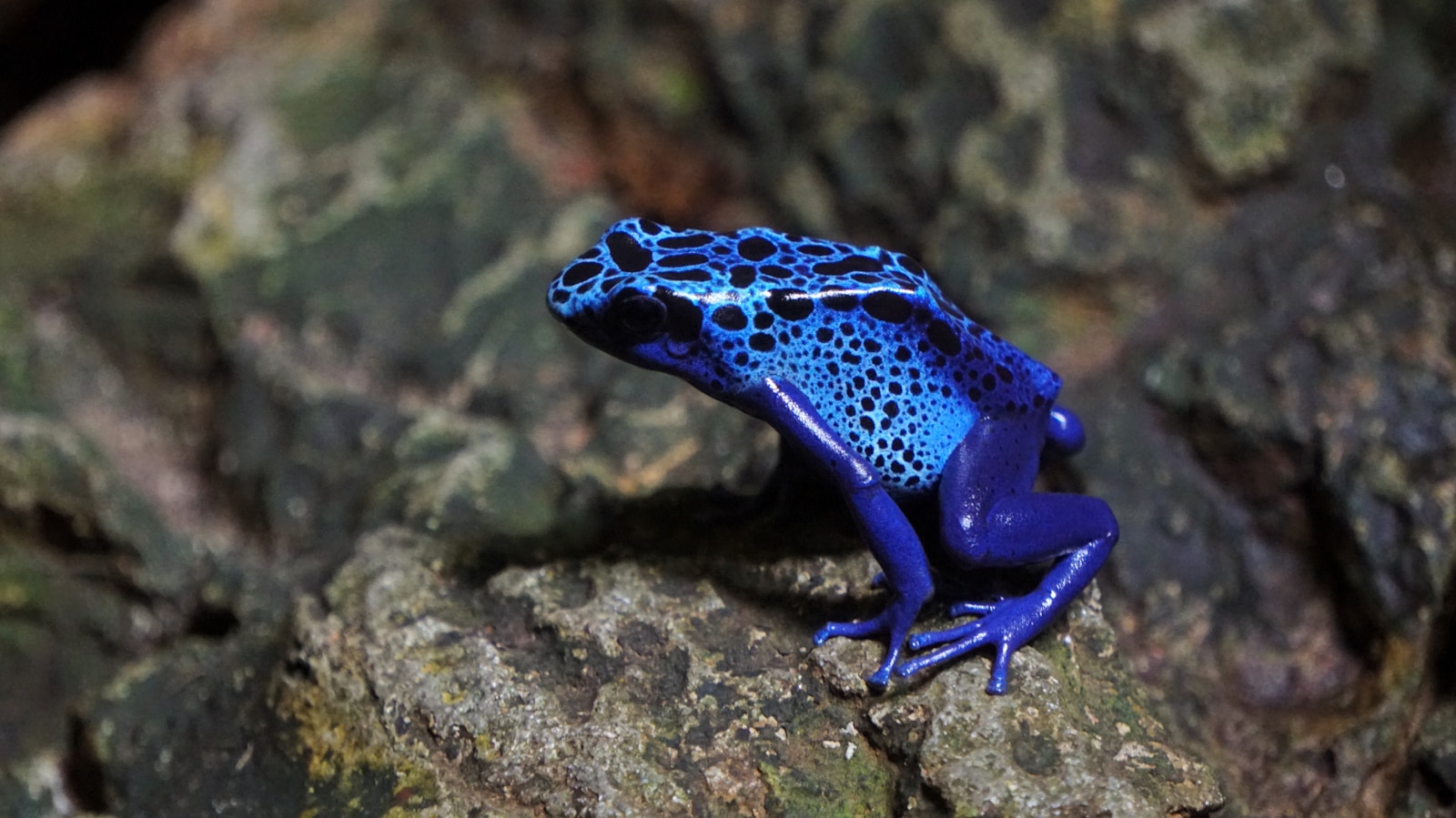
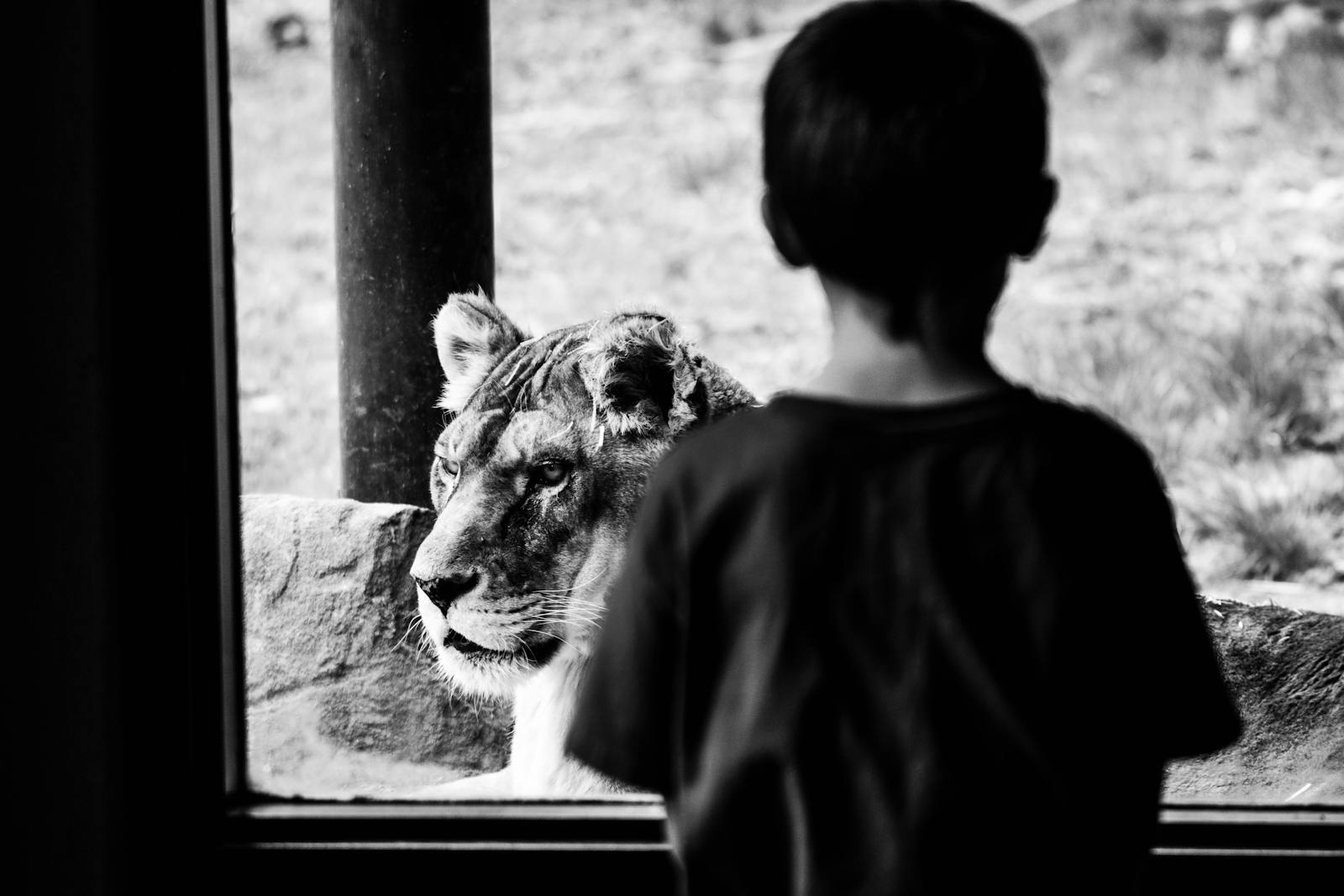
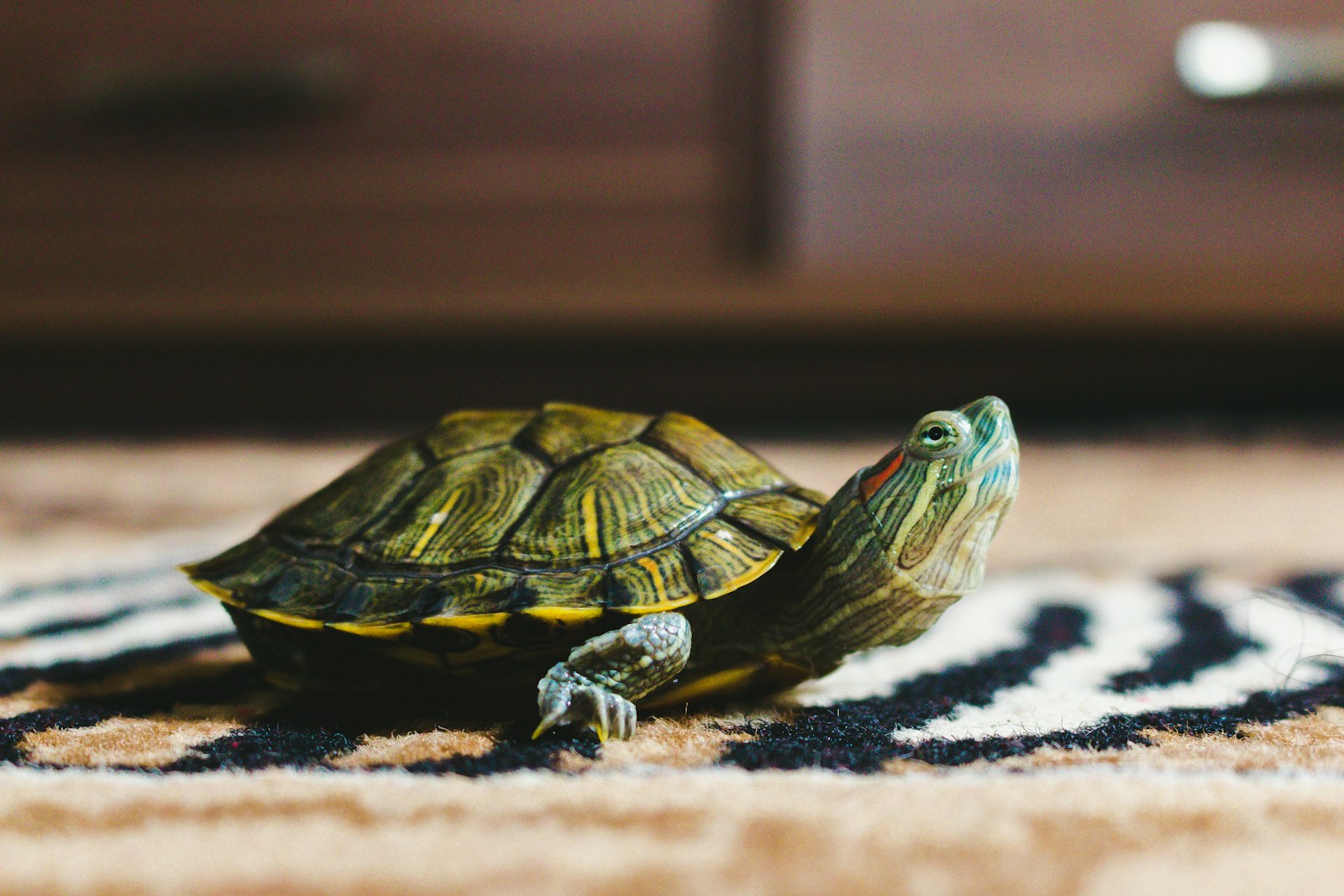
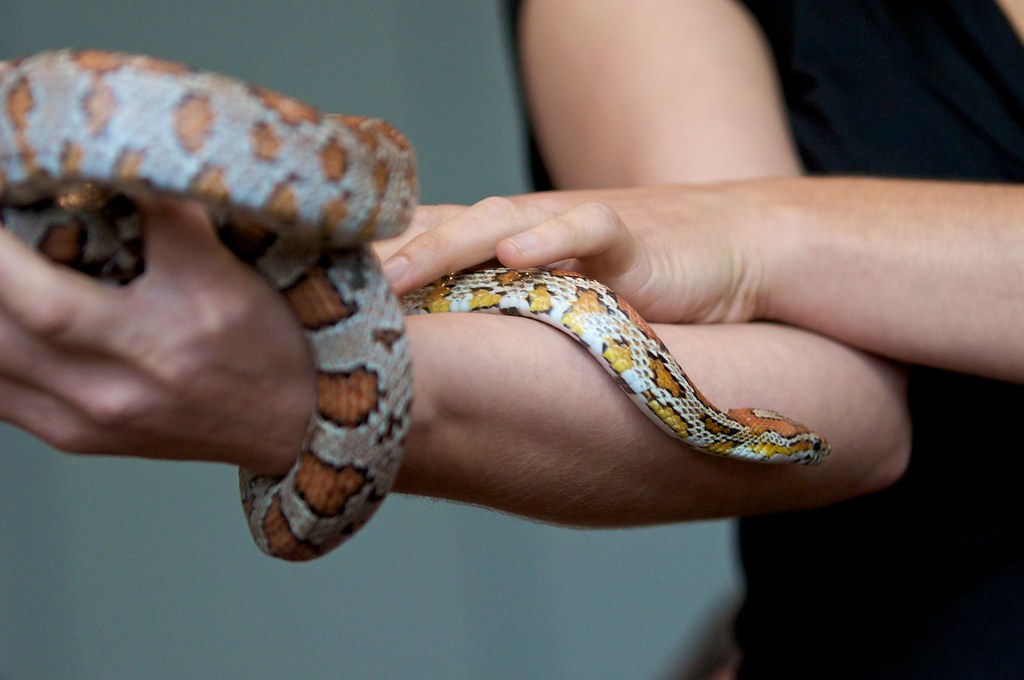

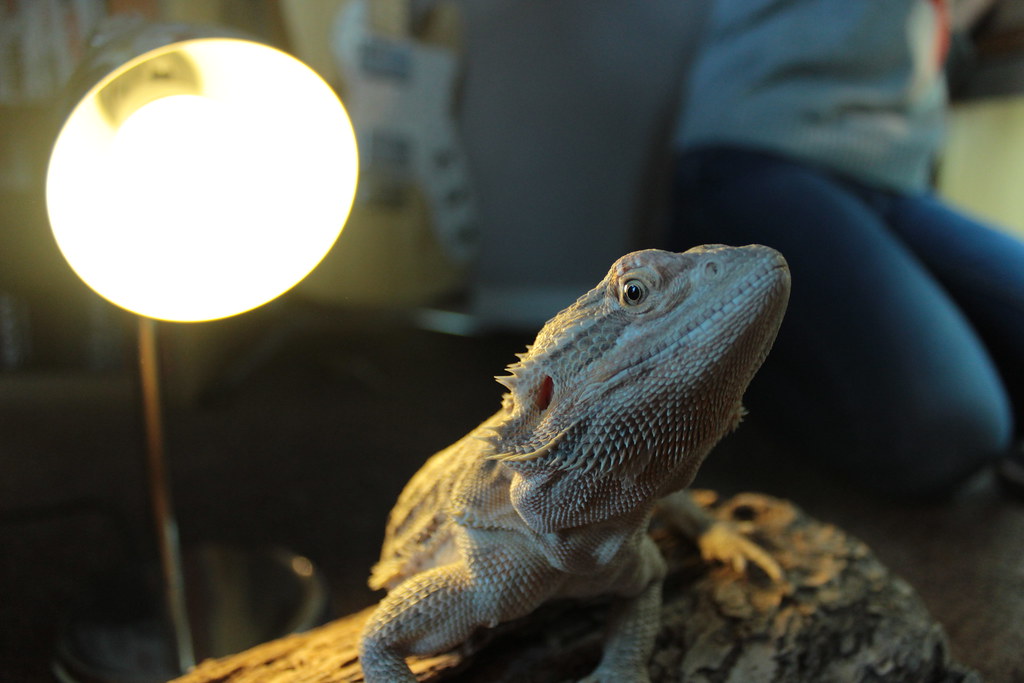
Leave a Reply